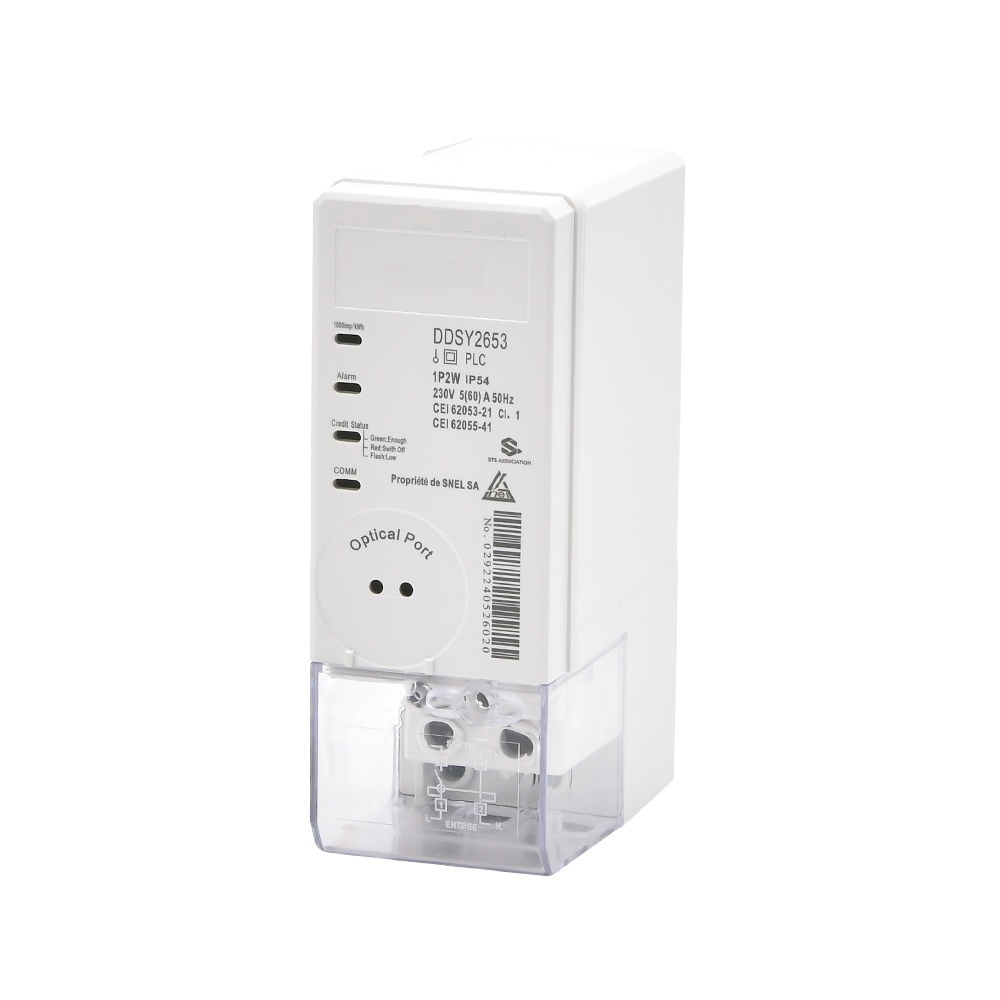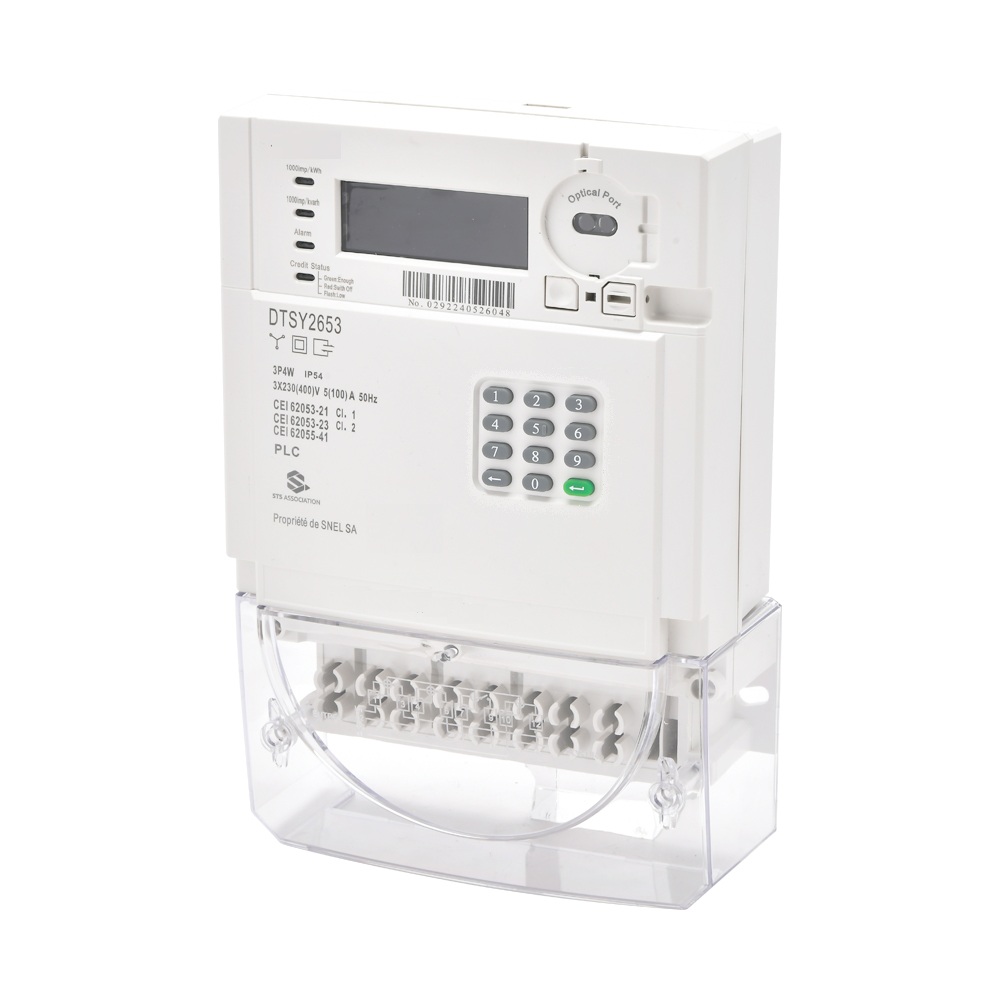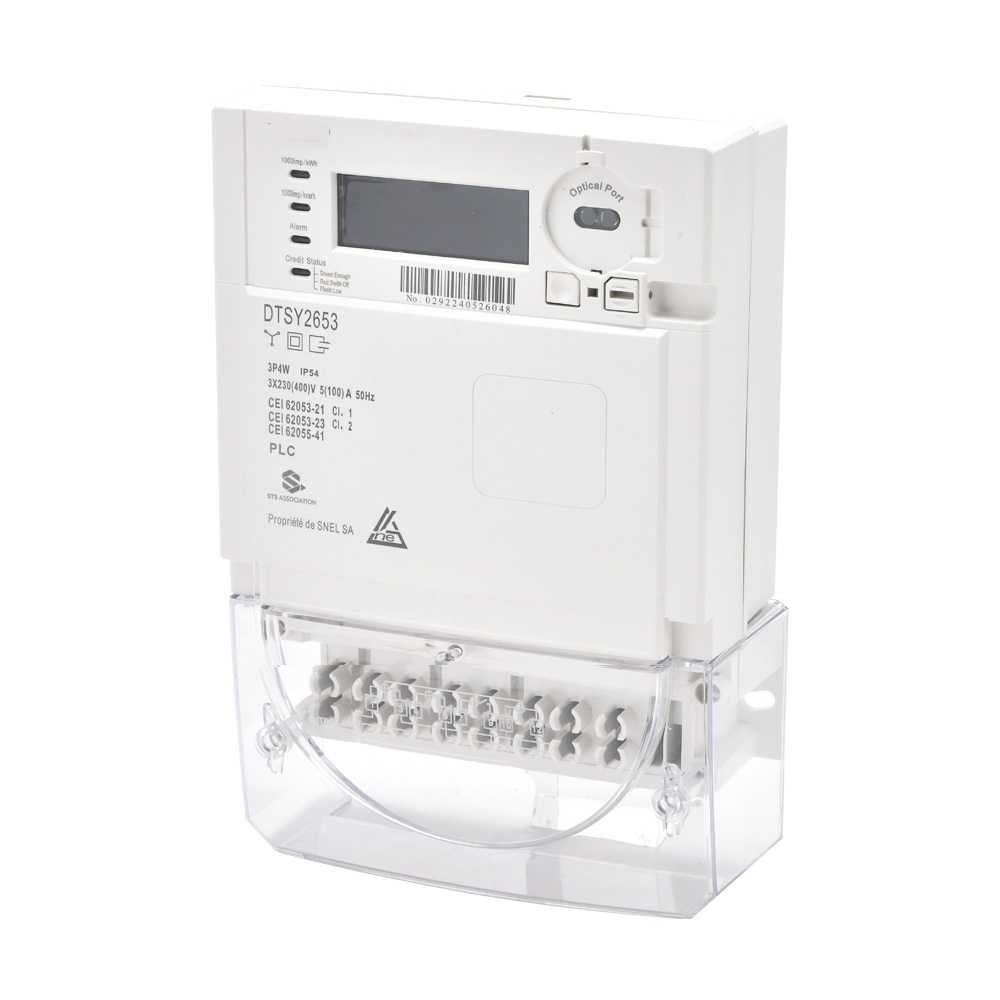The difference between prepaid meters and regular electricity meters
Publish Time: Author: Site Editor Visit: 529
working principle:
prepaid meter: composed of current transformers, integrated metering chips, microcontrollers, temperature compensated real-time clocks, data interface devices, and human-machine interface devices, it displays, processes, and stores the obtained active and reactive electrical energy.
Ordinary electric meter: The electromagnetic force generated by the voltage and current coils on the aluminum disk rotates it, while introducing braking torque to make the speed of the aluminum disk proportional to the load power. Through axial gear transmission, the electric energy is measured by measuring the number of revolutions of the turntable with a meter.
Payment method:
prepaid meter: It adopts the method of paying first and then using electricity. Users need to purchase electricity in advance, and after the electricity is consumed, they need to recharge again to continue using electricity.
Ordinary electricity meter: using a postpaid method, users use electricity first, and the power company settles based on actual electricity consumption. Users need to pay the electricity bill at the end of the settlement period.
User experience:
prepaid meter: giving users greater control over their electricity usage, allowing them to check their balance and electricity consumption at any time, monitor their electricity usage in real-time, and the system usually alerts users in advance if their balance is insufficient.
Ordinary electricity meter: The user experience is relatively traditional, and users can only obtain specific electricity usage information during settlement. The lack of real-time information may make it difficult for users to accurately grasp electricity costs.
Management mode:
prepaid meter: adopting a user self-management mode, users need to recharge regularly and choose the appropriate recharge amount and method, which reduces the pressure of electricity credit reporting for power companies.
Ordinary electricity meter: Adopting a management model led by the power company, the power company collects electricity bills from users through regular settlements, requiring certain electricity credit and logistics management work.
Usage scenario:
prepaid meters: suitable for users who are highly sensitive to electricity costs, as well as some short-term leasing or temporary electricity usage scenarios, and can effectively prevent problems of overdue electricity bills and illegal electricity usage.
Ordinary electricity meter: suitable for long-term stable electricity consumption by residents or enterprise users.
Meter reading method:
prepaid meters: support access to the Internet system, use mobile phone applet or computer system background to automatically read electricity meter data, and classify statistics and processing according to different types of electricity consumption and time periods, to produce a series of visual data reports, with high remote meter reading efficiency and small error.
Ordinary electric meters: mainly rely on specialized meter reading staff to go door-to-door and read meter data one by one. Manual reading and recording of data are inefficient and inaccurate, with errors, omissions, and even human meter reading situations. Later, manual sorting and verification are complex.
Security:
prepaid meter: using intelligent chips, it has high security performance. The meter is equipped with technologies such as anti-theft flashing and anti malicious attacks, effectively ensuring the security of user funds.
Ordinary electric meters have relatively low safety and are susceptible to theft, illegal modification, and other infringements, causing economic losses to users.
Functional features:
prepaid meter: It has functions such as automatic power-off after purchasing electricity, selectable load control, insufficient remaining electricity alarm, LCD screen wheel display of electricity information, etc. It also supports multiple recharge methods, including online payment, offline recharge, etc.
Ordinary electricity meter: It has relatively single functions and mainly realizes basic electricity consumption calculation functions.
Price:
prepaid meters: With high technological content and relatively high prices, they may increase users' initial investment.
Ordinary electricity meter: relatively low price, more suitable for cost sensitive users.



